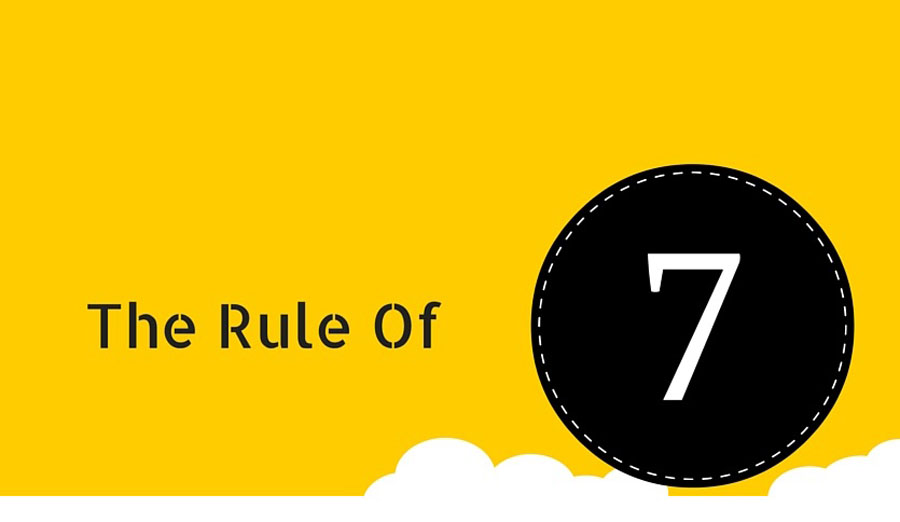How Not to Annoy Customers with Your Marketing Efforts
Originally published: January 30, 2022 12:31:14 PM, updated: November 19, 2022 12:00:00 AM

If you're putting a lot of effort into your marketing campaigns, the chances are that you're getting on some of your customers' nerves. It might be the first time you're hearing this, and it might come as a shock, but people don't like being bombarded with promotions all the time. If you're not careful with it, you might end up taking it too far. You'll create the opposite effect of what you wanted, and it'll hurt your revenue and customer retention rates. To ensure it doesn't happen to you, today we're talking about how not to annoy customers with your marketing efforts.
In essence, to get the most out of your digital marketing endeavors, you want to get across your business's personality and values. Still, even if you have the best of intentions, it's easy to become a nuisance to your audience. Here's what you need to do to avoid that.
Prioritize Your Customer's Needs
Your customers are the most valuable asset for your business, and you need to prioritize their needs if you want to succeed. Of course, you can't afford to forget this when you're trying to engage your customers. People are smart, and they'll quickly figure out if your intentions are authentic or not.
If you ignore what matters to your clients, you'll come off as pushy, and they'll become repelled by your product no matter how good it may be. As a result, they'll start ignoring your messages, and they'll probably go to one of your competitors.

So, you want to approach the customer relationship with respect. Think about what your customers want and show them that they can trust you. Your goal should be to share only relevant information and help them make informed decisions.
Do your best to learn their habits, preferences, and cravings. Analyze the data you have on them and draw some conclusions from it. Put some time into it, and it should become clear to you what your conversation with them should look like.
A great trick is to look at which of your products they like to match. For example, if they love combining two services that you offer — after they buy one, send them a post-purchase email with a discount for another one. Going down this path won't be annoying as you're offering them some value, and they'll thank you for that.
Don't Overload Them with Information
You should use your marketing to educate your customers, no question about it. However, don't overwhelm them with too much information at once.

If they see five emails from you, or one really long one for that matter, two questions will pop into their minds right away.
- How long will it take me to read this whole thing?
- Will it be worth it in the end?
To address these questions, you want to take a few precautions. First off, be mindful of their time. Forget boosting your screen time with pop-up windows and annoying sidebars, and get right to the point. As soon as they land on your page, you want to show them how your product can help them.
Now, the second question is a bit trickier. If you want your content to be worth your customers' time, it must showcase its value right away. So, be sure to highlight all their pain points and lead them to the solution you've got for them. Emphasizing the problems will make your content resonate with your readers much better. However, it only makes sense to do this if you have a solution ready.
Give Them the Same Message, But in Different Forms
If you've been in the marketing business for some time, the chances are that you know about the rule of seven. It says that customers need to see your offer at least seven times before they take action on it.

This is a good foundation for the number of times you need to reach them. The scary part here is implementation. If you want these seven touchpoints to make sense, you must learn how not to annoy customers with your marketing efforts.
Don't even think about sending the same email seven times and hoping it will work — it won't. You'll turn your message into noise that your customers will hate.
Instead, focus on creating engaging content that will boost your website ranking and fill it with information that your audience will find valuable. If you do it well, you'll turn the conversation around. You'll make it all about helping your customers and not about you getting a sale.
Break down the message you want to convey in multiple posts or emails, and present it that way. People will feel like they've learned something from you, and they'll buy your product because they'll see that you know what you're talking about.
Keep Surprises Convenient
Yes, your customers desire surprises, but you have to think about what kind of surprises they wish for. Rewards are great, while hidden fees are nasty. That's all clear, but it seems that the line is very blurry between these two extremes.

If you avoid telling the truth to your customers until checkout, you'll build a barrier between you two. Informing them about the fine print or credit card fees at this point will make you look unprofessional, and it'll lead to abandoned shopping carts. In essence, you'll give your customers a reason not to trust you, and they'll be happy to take it.
And that's still not all there is to it. If your customer support takes too long to respond, if your critical resource pages are 404-ing, and if you have problems with payment processing, customers won't be happy about it. Remember — customer experience is your strongest marketing tool, and you want it to work well.
Your team might see these problems as minor glitches, but your site visitors will perceive them much worse. They'll see them as a reason not to do business with you as you're not living up to your brand promise.
Don't let unwanted surprises ruin your customer satisfaction. Instead, be transparent and clear about all the costs and keep your site in working order at all times. Your revenue will thank you for it.
Conclusion
It's true — lousy marketing habits will drive your customers away. It's much better to try and engage your audience than to be pushy. Learn about their pain points, needs, and wants, and use that info in your strategy. Work on conveying your messages, and don't surprise them with hidden fees.
That's about everything about how not to annoy customers with your marketing efforts, and now you know it all.
Join over 130,000 SEO and Google Ads experts. We provide a community to help you engage and learn from industry experts and influencers. Join Now
What if your entire business could run itself — and your work hours got shorter?